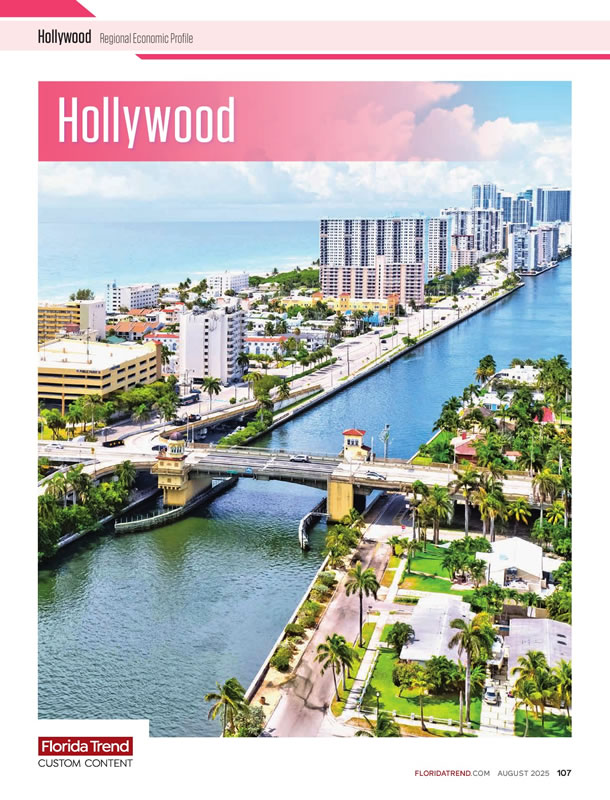By Jim Saunders | News Service of Florida
TALLAHASSEE — Saying the case has “significant implications for home construction and the economy,” home builders and the septic-system industry this week backed the Florida Department of Environmental Protection in its appeal of a federal judge’s decision that required additional steps to protect manatees in the northern Indian River Lagoon.
The Florida Home Builders Association, the Florida Onsite Wastewater Association and the National Onsite Wastewater Recycling Association on Monday urged the 11th U.S. Circuit Court of Appeals to overturn a decision by U.S. District Judge Carlos Mendoza that included placing a moratorium on constructing and installing septic tanks around the northern Indian River Lagoon, which is primarily in Brevard County.
Mendoza sided with the environmental group Bear Warriors United, which argued that sewage discharges into the lagoon led to the demise of seagrass, a key food source for manatees, and resulted in starvation deaths and other harm to the threatened species. The judge concluded that the Department of Environmental Protection, which since 2021 has regulated septic tanks, violated the federal Endangered Species Act.
But attorneys for the home builders and the septic-system industry groups Monday requested approval to file a brief at the Atlanta-based appeals and disputed the judge’s conclusion that the department had violated the Endangered Species Act. The brief said the judge used an “attenuated chain of causation” to determine that a “take” of manatees had occurred.
“The district court failed to explain how FDEP (the Department of Environmental Protection) can be held liable for take despite the remote connection between its recent permitting actions, actions of septic system users, various historic and recent factors contributing to the condition of manatee habitat and manatee deaths,” the brief said. “The district court did not address numerous other sources of impacts on seagrass such as: historic pollution; runoff; other forms of pollution beyond FDEP’s control; temperature changes, sedimentation; storms; and other variables ‘in a vast and complex ecosystem.” Instead, each link in the district court’s chain of causation relies on conjecture and speculation.”
Bear Warriors United filed the lawsuit against the department in 2022, after Florida had a record 1,100 manatee deaths in 2021, with the largest number, 358, in Brevard County.
Mendoza in April ruled the department violated the Endangered Species Act and followed in May with an order that included a moratorium on new septic tanks in the area and other measures, such as requiring establishment of biomedical-assessment and supplemental-feeding programs for manatees. Septic tanks discharge nitrogen that can cause harmful algae blooms in waterways.
Also, Mendoza directed the state to seek what is known as an “incidental take” permit from the U.S. Fish and Wildlife Service. That process would include the state developing a conservation plan, which could provide “permanent protection and management of habitat for the species,” according to information about such permits on the federal agency’s website.
The Department of Environmental Protection appealed to the Atlanta-based appellate court. The department last week filed a brief that disputed it had violated the Endangered Species Act and contended the Florida Fish and Wildlife Conservation Commission — not the Department of Environmental Protection — is constitutionally responsible for wildlife-related issues.
In their brief Monday, the homebuilders and septic-system industry groups said Mendoza’s decision “threatens to halt significant economic activity in the Indian River Lagoon watershed.” It also suggested the ruling could have broader implications.
“The threat of ESA (Endangered Species Act) liability for state and local governments who issue permits for actions alleged to take listed species may slow down the permitting process, resulting in increased burdens and delays for the government and regulated parties,” the brief said. “The district court’s decision may cause state and local governments to delay permitting decisions or even deny permits for fear some downstream effect beyond their regulatory authority or control will result in ESA liability.”
But in ruling this spring, Mendoza said that under the Department of Environmental Protection’s regulations, it would take at least a decade for conditions in the northern Indian River Lagoon to start to recover.
“This is due to the previously and currently permitted discharge of legacy pollutants via wastewater into the north IRL (Indian River Lagoon),” Mendoza wrote. “These legacy pollutants caused the death of seagrasses — the manatee’s natural forage — and the proliferation of harmful macroalgae. Legacy pollutants, as their name suggests, persist in the environment and cause harmful effects long after they have entered the system.”
Mendoza added, “What all this means is that FDEP would have to reduce nutrients entering the IRL to a low enough level and for a long enough time for nutrients to cycle out of the system to allow seagrasses to return at significant levels. Conversely, if FDEP does not reduce nutrient levels, there will continue (to) be harmful algal blooms and, in turn, no seagrass recovery and more manatee takings.”
As of July 25, Florida totaled 484 manatee deaths this year, with the largest number, 96, in Brevard County, according to Fish and Wildlife Conservation Commission data.












